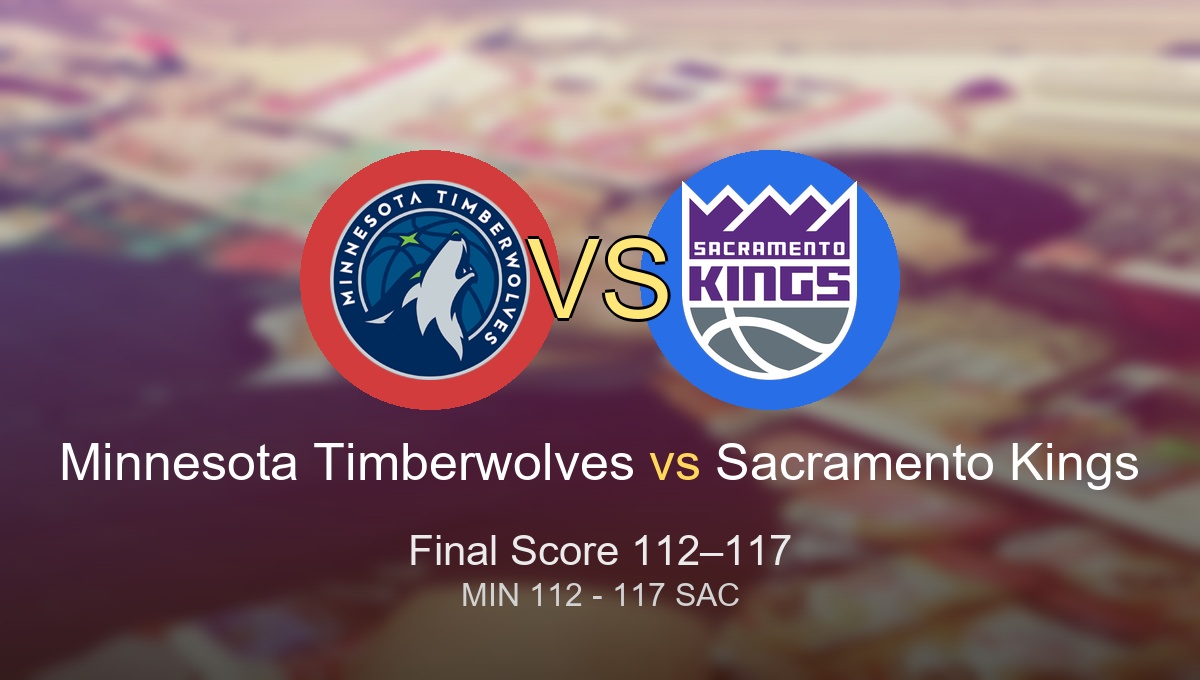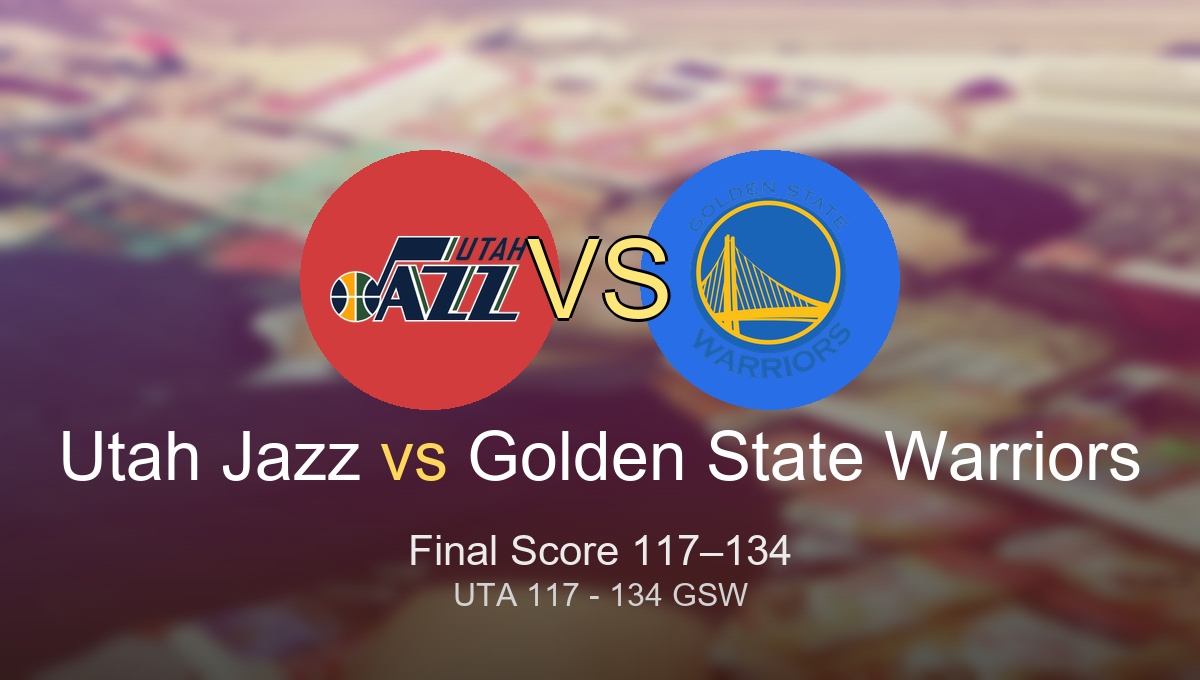
In the spring of 2015, the Golden State Warriors stood toe to toe with LeBron James and the Cavaliers, but there was a twist: Andre Iguodala, a wing, was starting at power forward, and Draymond Green was the new-age center. The Warriors made the small ball revolution feel inevitable—that if you didn’t adjust, you weren’t really in the game.
Understanding how NBA teams use small ball strategy is crucial to decoding the modern league’s chess match. Rings are won (and lost) by adjusting to or countering the small ball wave. Coaches risk jobs and legacies chasing the next advantage. For fans and analysts, it has reshaped how we talk about greatness: it’s not only who you have, but how you deploy them.
The debate over small ball is more than X’s and O’s. At its heart: an NBA tension as old as time—talent versus scheme, tradition versus future, and whether you risk everything to flip the script.
Context: Why This Matters
Walk into any barbershop, scroll through Twitter, or drop into the local gym and you’ll hear it: “Could the 1996 Bulls have handled Steph and the Warriors?” Small ball isn’t just a tactic—it’s an identity shift. It’s LeBron at center, it’s PJ Tucker boxing out Goliaths, it’s Bam Adebayo switching onto James Harden.
Championships are sacred, but so is legacy. When small ball wins, it feels modern, even inevitable. When it fails, critics say “size still matters.” The bar for greatness moves. Did a team “game the system,” or change it forever? For anyone who loves the NBA, the strategy forces us to rethink decades of positions and expectations.
Methodology
Ranking the signature small ball moments and eras takes both data and feel. Here’s how this list was built:
- Rings and playoff success: 40%
- Longevity and consistency: 30%
- Impact on league tactics and playstyle: 30%
- Intangible “moment” factor—a game, a series, or a shift you had to see live
- Sources include NBA official stats, Basketball-Reference, and media archives like ESPN.
- Media consensus and player/coach testimony play a role, but the ranking values on-court transformation most.
- “Small ball” is defined as a team trotting out lineups where at least two positions are manned by smaller, quicker, or more perimeter-skilled players, relative to traditional roles.
How Small Ball Changed the NBA: Top 10 Defining Moments and Tactics
1. 2015 Golden State Warriors: The Death Lineup
Game 4 of the NBA Finals, 2015. The Warriors, facing a resurgent Cavaliers squad, benched their starting center. Andre Iguodala—normally a wing—entered the starting five, and suddenly the Cavaliers were scrambling to defend shooters, slashers, and switching defenders at every position.
That “Death Lineup” made the pace explode. Golden State’s defense suffocated. Iguodala won Finals MVP. This wasn’t just a new look. It was a proof of concept: championships could be won with small ball, built around versatility, shooting, and constant movement. In the years since, nearly every contender has built their own facsimile—or at least tried.
Steve Kerr famously said, “It changed how the game was played—a new template.”
Key facts:
– NBA Champs (2015, 2017, 2018)
– “Death Lineup”: Curry, Thompson, Iguodala, Barnes (then Durant), Green
– Redefined switching and floor spacing
– Iguodala: Finals MVP as a “small” PF
Authoritative sources: NBA Finals 2015 recap, Basketball-Reference Warriors 2015
🧵 On X
https://x.com/search?q=Warriors%20Death%20Lineup&src=typed_query
2. Miami Heat’s “LeBron at Power Forward” Era
Eastern Conference Finals, 2012. LeBron James catches at the elbow, attacks Kevin Garnett off the dribble, and everything in the Celtics’ vaunted defense unravels. The secret weapon? LeBron isn’t a small forward—he’s the new-age power forward.
When Erik Spoelstra unleashed LeBron-Bosh lineups, the Heat left behind the traditional big-man game. It forced impossible mismatches—bigs too slow, wings too small. The Heatles ran, switched, and spread the floor with shooters. They won back-to-back titles, and every younger team started adapting.
Chris Bosh reflected, “We found out what was impossible to guard.”
Key facts:
– NBA champs: 2012, 2013 (Finals: 4 straight appearances)
– Signature small ball: LeBron, Wade, Bosh, Battier, Chalmers/Allen
– Bosh’s shooting stretched defenses
– Inspired a league-wide positionless movement
Authoritative sources: ESPN Miami “pace and space” deep-dive, Heat 2012 stats
🧵 On X
https://x.com/search?q=LeBron%20James%20small%20ball%20Heat&src=typed_query
3. Houston Rockets: Full Throttle Small Ball (2018–2020)
Remember February 2020? The Rockets face the Lakers without a center—their tallest starter is 6’7” PJ Tucker. Houston trades away Clint Capela, goes all-in on micro-ball, and chases the math of three-pointers at historic volume.
They made the playoffs and stunned doubters by beating big teams with relentless offense and versatile perimeter defense. But the experiment crashed into the Lakers’ size during the 2020 Bubble. Still: Houston pushed small ball further than anyone before—no fallback, no plan B.
Mike D’Antoni said, “We just want to play our best five. That’s it.”
Key facts:
– Playoff runs: 2018 (WCF Game 7), 2020 (Micro-ball run)
– PJ Tucker as “center”
– Led NBA in 3-point attempts
– Proved “small” could push elite bigs to their limits
Authoritative sources: NBA.com Rockets shooting revolution, Basketball-Reference Rockets 2020
🧵 On X
https://x.com/search?q=Rockets%20small%20ball%20Tucker&src=typed_query
4. 2008 Celtics: KG as Switching Big, Pierce as Stretch 4
Game 1, 2008 NBA Finals. Celtics versus Lakers. At one point, Boston closes with Kevin Garnett at center, Paul Pierce at power forward, and three wings—finally revealing the “switch everything” formula that would dominate the 2010s.
Boston didn’t fully abandon size, but their willingness to run through Garnett as a defensive anchor, using smaller guards and Pierce at the 4 late, foreshadowed both the Miami and Warriors dynasties. Doc Rivers’ creativity set the blueprint.
Doc Rivers said, “We trusted our versatility. If you can’t switch, you can’t survive.”
Key facts:
– NBA champs (2008)
– KG: Defensive Player of the Year
– Key “small” finishers: Allen, House, Posey
– Defensive switchability: Blueprint for next decade
Authoritative sources: NBA.com Celtics championship recap, Celtics lineup data
🧵 On X
https://x.com/search?q=2008%20Celtics%20small%20ball&src=typed_query
5. Toronto Raptors: Siakam at Center, “Chaos Lineups” (2019)
Eastern Conference Finals, 2019. The Raptors are down 2-0, and Nick Nurse unleashes Paschal Siakam as a small-ball center to switch everything against Giannis. Toronto rattles off four straight wins. It’s relentless length, not just height, and the Bucks’ MVP starts running out of answers.
In the Finals, Toronto mixes OG Anunoby, Kawhi Leonard, and Siakam up front—no true center, crazy rotations, and every player a threat in the open court. It’s small ball, but Canadian—and a little bit wild.
Pascal Siakam told media, “Whoever’s ready, plays. Positions don’t matter anymore.”
Key facts:
– NBA Champs (2019)
– Key lineups: Siakam, Kawhi, Lowry, Gasol/Ibaka (at times benched)
– Defeated two MVPs: Giannis, Curry
– Defensive versatility was the calling card
Authoritative sources: Raptors’ small ball strategy, Raptors 2019 playoff stats
🧵 On X
https://x.com/search?q=Raptors%20small%20ball%20Siakam&src=typed_query
6. 2014 San Antonio Spurs: “Beautiful Game” Movement
NBA Finals, 2014. Spurs-Heat, Game 3. San Antonio isn’t tiny—Duncan is still there, but Boris Diaw and Kawhi Leonard rotate through as small, skilled forwards. The “Beautiful Game” Spurs spread Miami out, whipped the ball around, and forced the Heat to play faster, smaller, and more skill-based than ever.
The Spurs didn’t invent small ball, but they turbocharged it with unselfishness, pace, and a lack of traditional size. Their offense—at its peak—felt almost positionless.
Kawhi said after, “It’s about moving our feet, and the ball.”
Key facts:
– NBA Champs (2014)
– “Small” frontcourt: Diaw, Leonard, sometimes Splitter or Bonner
– Elite ball movement, spacing without bigs clogging
– Kawhi: Finals MVP
Authoritative sources: 2014 Spurs offense breakdown, Basketball-Reference Spurs 2014
🧵 On X
https://x.com/search?q=Spurs%202014%20small%20ball&src=typed_query
7. Dallas Mavericks: Dirk at Center in Deep Runs
Game 2, 2011 NBA Finals. Down late to Miami’s superteam, Dallas closes with Dirk Nowitzki—no center, just shooters and slashers all around. Dirk isolates, slashes, and shoots Miami out of their own defensive approach.
Rick Carlisle’s gamble—pushing Dirk to the 5 in key moments—let them exploit Miami’s defensive “speed.” Not full small ball, but a proto-version. Dallas upset LeBron and the Heat, showing that even in the old-school 2000s, there was room for a stretch “big” and floor spacing.
Jason Terry: “Nobody could guard Dirk that year, big or small.”
Key facts:
– NBA champs (2011)
– Clutch lineups: Dirk + scorers/wings
– Dirk averaged 26 points per game in the Finals
– Inspired bigs to develop perimeter skills
Authoritative sources: NBA.com: Dirk’s impact, Mavs 2011 finals data
🧵 On X
https://x.com/search?q=Dirk%20Nowitzki%20center%202011&src=typed_query
8. Boston Celtics: Marcus Smart as “Big,” Modern Switch Everything (2022–)
Game 7, Eastern Conference Finals, 2022. Marcus Smart, a 6’4” guard, is switching onto Bam Adebayo and even Al Horford is sometimes on the perimeter. Boston closes games with Smart, Brown, Tatum, White, Horford—the ultimate “positionless” look.
Ime Udoka built on old Celtics tactics—defense-first, switch everything—but Boston’s modern twist was using guards and wings everywhere, trusting that hustle and IQ could beat size. It nearly won them the championship and continues to shape defensive schemes league-wide.
Al Horford: “Height is part of it, but brains and speed win games too.”
Key facts:
– Finals appearance: 2022
– League-best defense (2021–22)
– Marcus Smart: Defensive Player of the Year (2022)
– Blueprint for “guard as big” strategy
Authoritative sources: Celtics’ switch defense, Basketball-Reference Celtics defense
🧵 On X
https://x.com/search?q=Celtics%20small%20ball%20Smart&src=typed_query
9. Phoenix Suns: D’Antoni’s “Seven Seconds or Less”
Spring 2005, Western Conference Semis. Steve Nash sprints up the floor. Amar’e Stoudemire dunks. Suns wings space out to the arc. Mike D’Antoni’s “Seven Seconds or Less” group was the first to go almost all offense, all the time—with Shawn Marion at power forward, then center.
They didn’t win it all, but nobody—maybe not even the 2015 Warriors—pushed small ball pace like D’Antoni’s Suns. They made the league faster, more open, and ultimately forced everyone to adapt or get left behind.
Mike D’Antoni, years later: “We just wanted to run everyone out of the gym.”
Key facts:
– Conference finals: 2005, 2006, 2010
– Fast pace, low post-ups, Nash-Stoudemire-Marion
– Influenced the Warriors, Rockets, league scoring boom
Authoritative sources: NBA.com Suns “Seven Seconds or Less”, Basketball-Reference Suns 2005
🧵 On X
https://x.com/search?q=Suns%20seven%20seconds%20small%20ball&src=typed_query
10. Milwaukee Bucks: Small Lineups Unlock Giannis (2021)
Game 6, 2021 NBA Finals. Giannis Antetokounmpo scores 50 points, switching onto every Suns wing, catching lobs in transition, defending the rim. Milwaukee closed the series not with two bigs, but with Giannis at center and four shooters around him.
The Bucks spent years as a “traditional” team. The difference in 2021 was unleashing Giannis as an all-world small-ball big—he could protect the rim and also beat anyone off the dribble. Their risk paid off with a title.
Giannis: “Position? I just want to win.”
Key facts:
– NBA Champions (2021)
– Giannis Finals MVP; 50-point closeout game
– Key closing lineups: Giannis, Middleton, Holiday, Connaughton, Tucker
– Paved way for future “big” small-ball stars
Authoritative sources: NBA Finals Bucks recap, Bucks playoff stats
🧵 On X
https://x.com/search?q=Bucks%20small%20ball%20Giannis&src=typed_query
Final Thoughts: Small Ball, Big Stakes
Small ball has become the ultimate battleground for innovation and tradition. The best teams don’t just copy the Warriors or the Heat; they remix, reshape, and risk failure in the process. Championships hang in the balance. So does how we’ll remember stars like LeBron, Curry, or Giannis years from now.
What’s next? The rise of “positionless” play means tomorrow’s small ball might not look “small” at all—just five guys who can dribble, shoot, switch, and improvise when it matters most. Young stars will adapt or fall behind, and the next generational coach will have new wrinkles to try.
The league adapts. What never changes is the hunt for the next edge. How NBA teams use small ball strategy—in ways big and small—will keep shaping clutch moments, championship runs, and the arguments fans love most.



